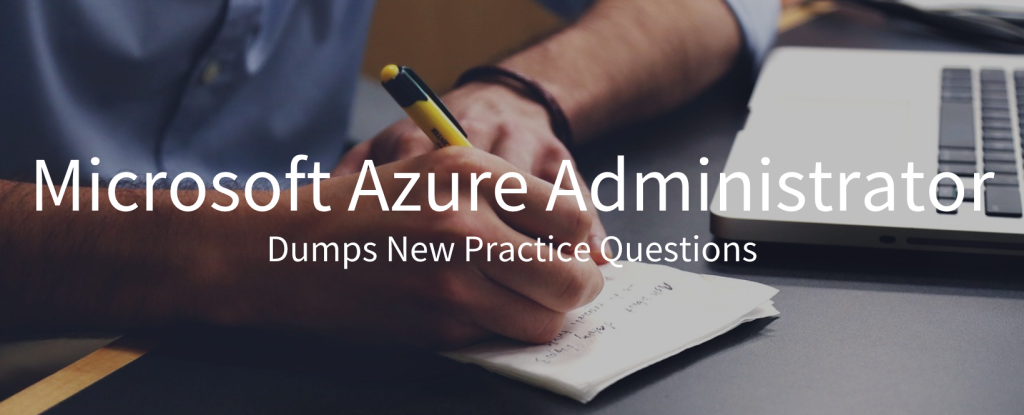
Authentic Microsoft Azure Administrator AZ-104 dumps and new practice questions are the best way to solve the puzzle by passing the Microsoft Azure Administrator exam.
The AZ-104 exam is very content, and there are a lot of fake AZ-104 dumps and practice questions online. Without good learning resources, it is very difficult and time-consuming to understand and gain hands-on experience with so much content. Authentic Microsoft Azure Administrator AZ-104 dumps will help you understand exam questions and how to pass the Microsoft Azure AZ-104 exam.
Download the authentic Microsoft Azure Administrator AZ-104 dumps PDF or VCE mode https://www.pass4itsure.com/az-104.html to get Microsoft Azure certified and start your journey.
First of all, you need to understand the Microsoft AZ-104 exam, for which I have roughly sorted out the key points of the exam:
The AZ-104 exam is divided into six main sections, specifically:
- AZ-104: Prerequisites for Azure administrators
- AZ-104: Manage identities and governance in Azure
- AZ-104: Implement and manage storage in Azure
- AZ-104: Deploy and manage Azure compute resources
- AZ-104: Configure and manage virtual networks for Azure administrators
- AZ-104: Monitor and back up Azure resources
This learning path helps you prepare for Exam AZ-104: Microsoft Azure Administrator. For details, please click here https://learn.microsoft.com/en-us/training/paths/az-104-administrator-prerequisites/
Microsoft Azure Certification-related exams are:
- AZ-204
- AZ-305
- DP-500
It costs $165 to take the Microsoft Azure Administrator exam, the total number of questions is about 40-60, and you need to reach 700 (in units of 1000) to pass, and the time limit for the exam is 120 minutes, so you need to hurry.
